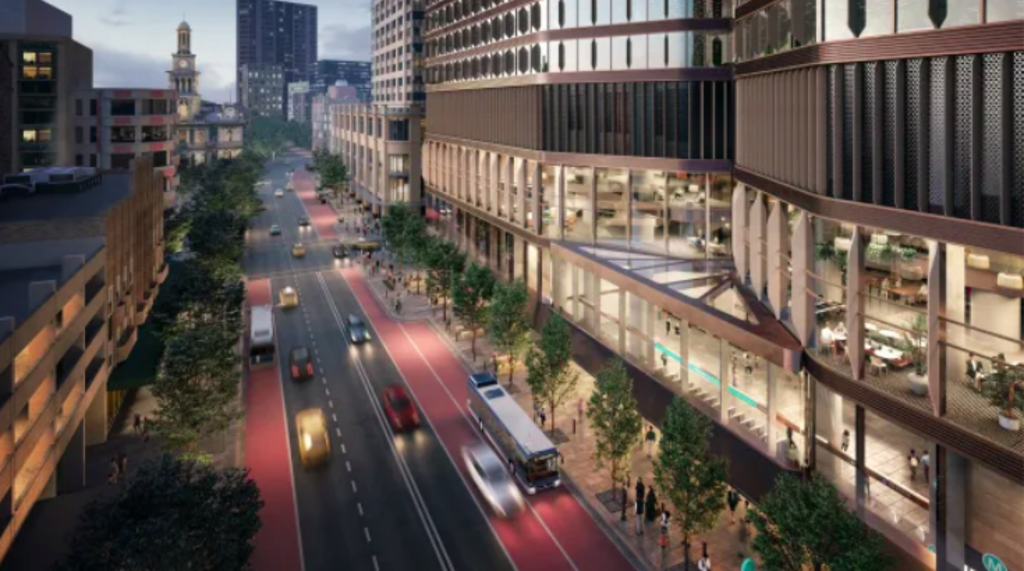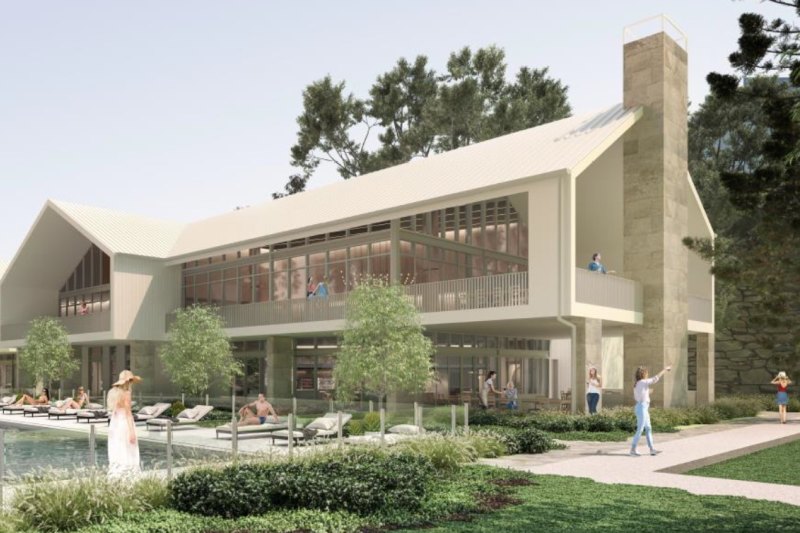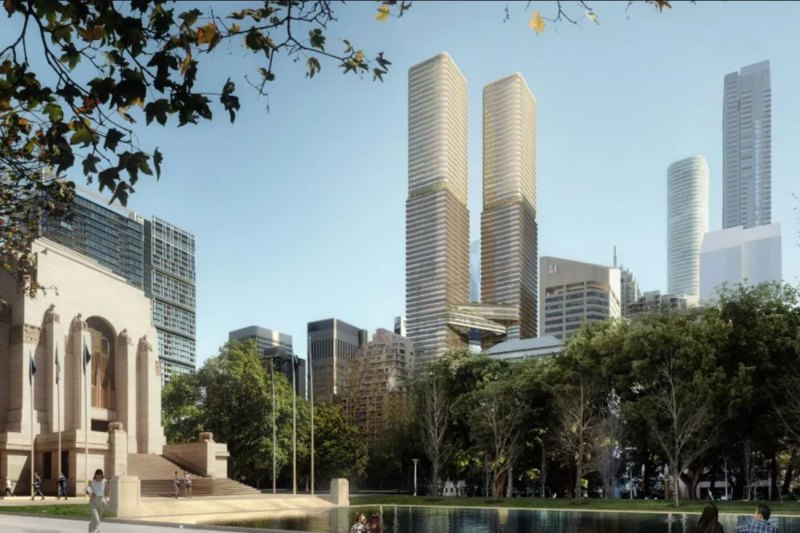
Oxford Properties cashed up for office, logistics, BTR
Canadian giant Oxford Properties has ambitions to grow its Australian holdings to at least $5 billion, adding significant investment into logistics assets and build-to-rent housing to its existing office portfolio.
The real estate arm of Canadian pension fund giant OMERS established a beachhead in the local market when it nudged out rival Blackstone to take over the $4.5 billion portfolio controlled by the listed Investa Office Fund in late 2018.
Oxford wasted no time in getting to grips with that portfolio, with a divestment program which briskly shed 12 assets, recouping around $2.5 billion, more than half the portfolio’s value.
“We probably slightly exceeded what we thought we were going to do on the sale side,” David Matheson, Oxford’s investment chief for the Asia Pacific region told The Australian Financial Review.
“We saw some opportunities where pricing was at a level where it made more sense to sell than to hold.”
While some in the market may have been caught by surprise at the extent of the sell-down, for Matheson and his team they were simply executing on their mission to deliver an appropriate level of return to meet their obligations as part of OMERS.
Oxford is now into the next stage of its Australian journey: growth. Top of its current list is a twin-tower project above Sydney’s new Pitt Street Metro Station. One of the buildings will be devoted to offices; the second is earmarked as the city’s first build-to-rent, or BTR, project in the CBD.
“Pitt Street was fabulous entry point for us. It’s very rare to be able to find a project of scale in the Sydney CBD where that product [BTR] makes sense,” Mr Matheson said.
Oxford will join a select group of first movers in the emerging build-to-rent sector, including Mirvac, Greystar and Grocon backed by Singapore’s GIC.
For Oxford, BTR is part of its global strategy. The logic that underpins the asset class in other global cities is also at play in Sydney and Melbourne: affordability, mobile populations and a cultural turn toward the sharing economy.
“I expect the product to develop here and we want to be at the forefront of that,” Mr Matheson said.
“There are a number of parties here who are at the early stages of trying to grow that strategy. That will be a mainstay of our strategy in Aust going forward.”
But investment into BTR is just one leg of the strategy which Oxford will roll through its preferred markets in Asia Pacific: Australia, along with India and Singapore.
Office development will remain a big part of the focus, including through mixed use projects or large regeneration sites such as the Treasury Square opportunity in Melbourne, which Oxford looked at together with Investa.
“Melbourne is a market that we really like. We certainly don’t own enough in Melbourne. If we were able to find large-scale development projects, whether they were office-led or BTR-led or a combination, we would certainly spend time around that,” Mr Matheson said.
The strategy includes alternative assets, such as life sciences facilities, data centres, and student accommodation. It will also include a large exposure to industrial assets. Oxford may well look to partner with the local arm of Hong Kong-listed ESR, in which it has a stake.
“At least all of the proceeds we have extracted from our Investa sales will go back into those strategies in Australia if not more because we have very significant growth aspirations for Australia over time. I would see our Australia portfolio being at least $5 billion.”











